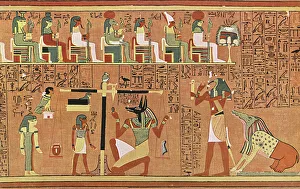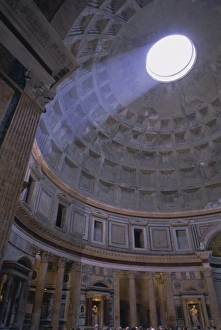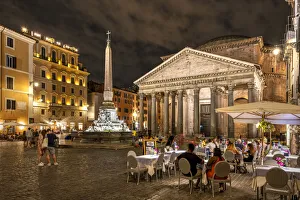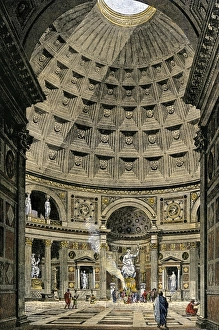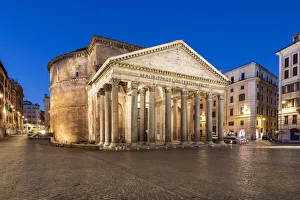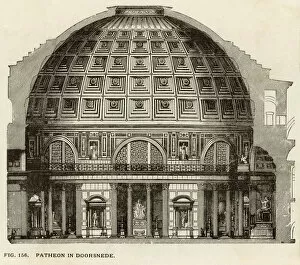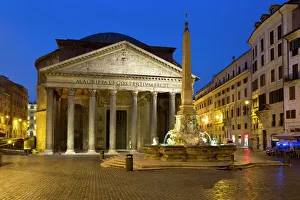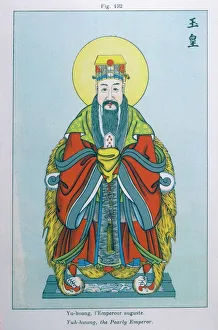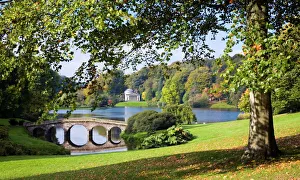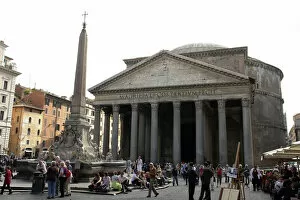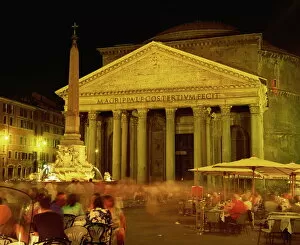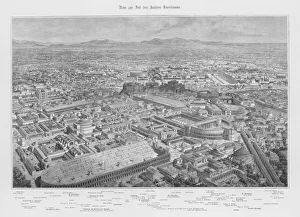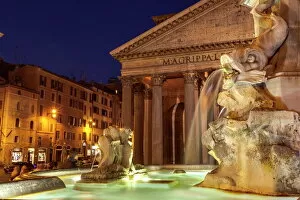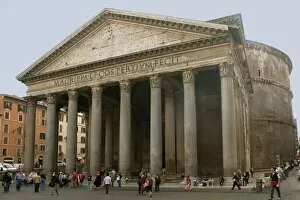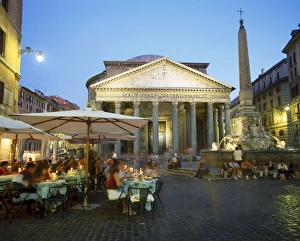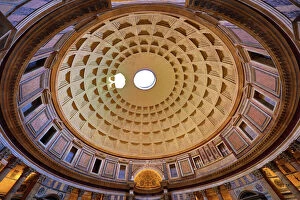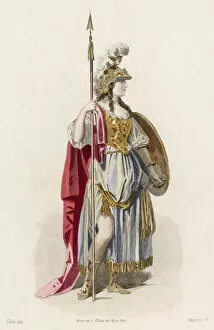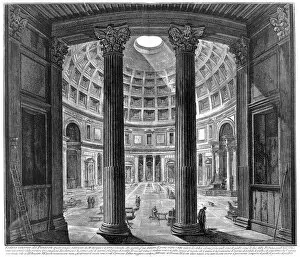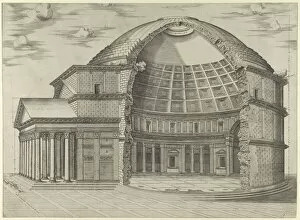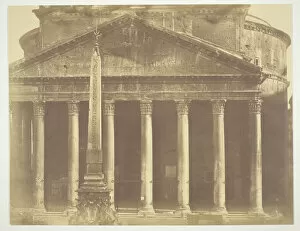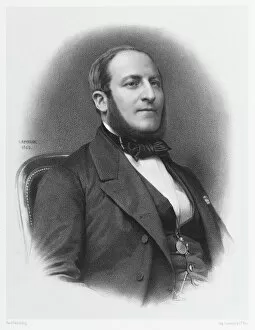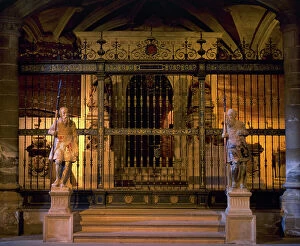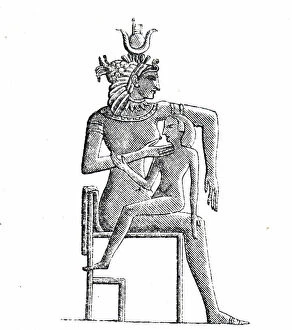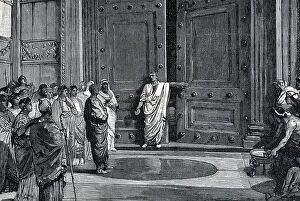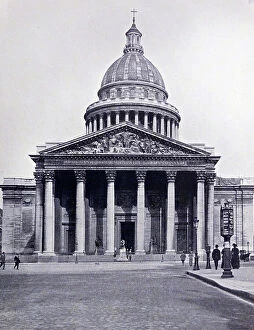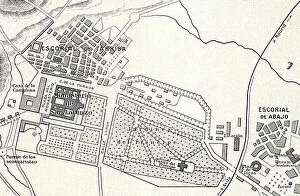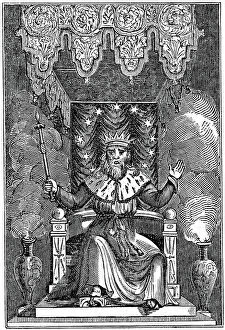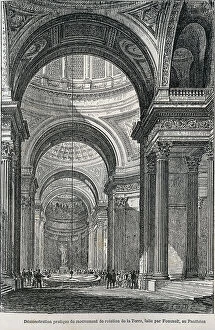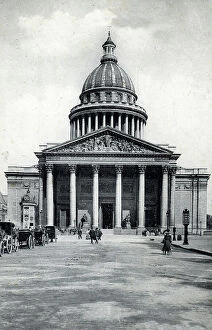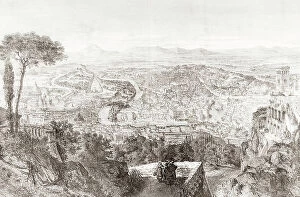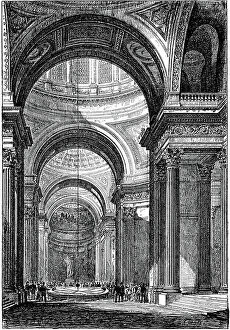Pantheon Collection
The Pantheon, a marvel of ancient architecture, stands as a testament to the grandeur and ingenuity of the Roman Empire
All Professionally Made to Order for Quick Shipping
The Pantheon, a marvel of ancient architecture, stands as a testament to the grandeur and ingenuity of the Roman Empire. With its origins dating back to 27 BC, this iconic structure has witnessed centuries of history unfold within its walls. Step inside and be transported to another era. The interior of the Pantheon is awe-inspiring, with its soaring dome and intricate design. As you gaze up at the oculus, an opening in the center of the dome that allows sunlight to stream in, you can't help but feel a sense of wonder. Outside, under the night sky, the Pantheon takes on a whole new enchantment. Bathed in soft golden light, it casts an ethereal glow over Piazza della Rotonda. It's no wonder why this UNESCO World Heritage Site continues to captivate visitors from around the globe. But it's not just its architectural beauty that makes the Pantheon significant; it also holds great cultural and historical importance. The Papyrus of Ani (Book of Dead) - The Judgement is one such example. This ancient Egyptian text found within these hallowed halls provides insights into their beliefs about life after death. As you stroll through Rome's streets during autumn, your eyes are drawn across a serene lake towards the distant silhouette of the Pantheon framed by a Palladian bridge. It's moments like these that make you appreciate how seamlessly ancient structures blend with nature. And let us not forget YU-HOANG – an artist who captures both modernity and tradition through his lens. His photographs capture every angle and detail of this architectural masterpiece with precision and artistry. Whether admiring pictorial reconstructions or witnessing firsthand its illuminated splendor at nightfall, there is no denying that standing before this majestic edifice evokes a profound sense of reverence for human achievement throughout history. The Pantheon remains an enduring symbol not only for Rome but also for Europe as a whole. Its significance goes beyond its physical presence.

